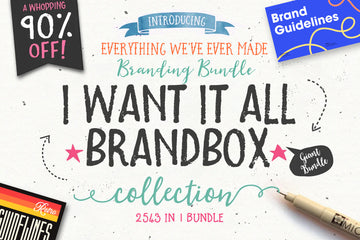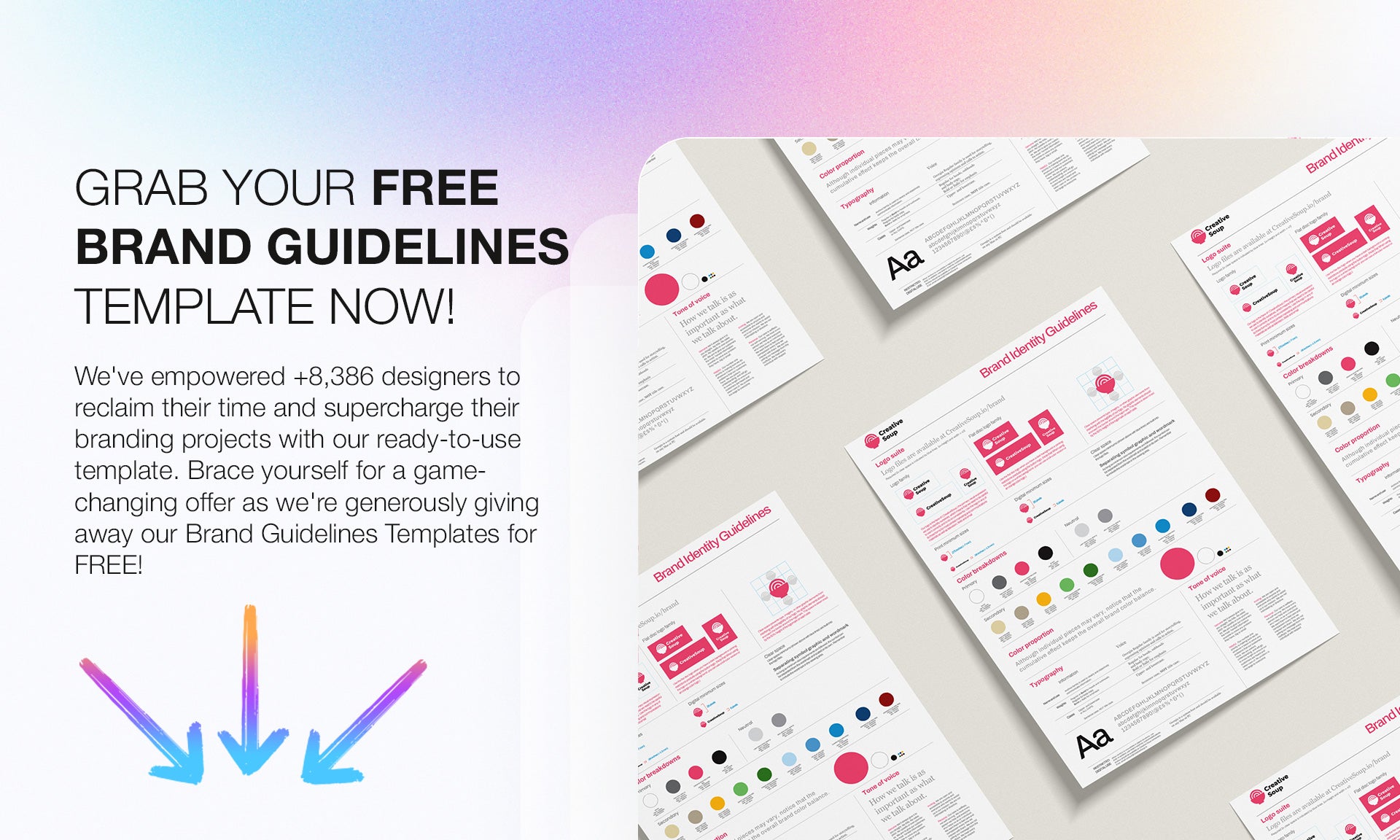
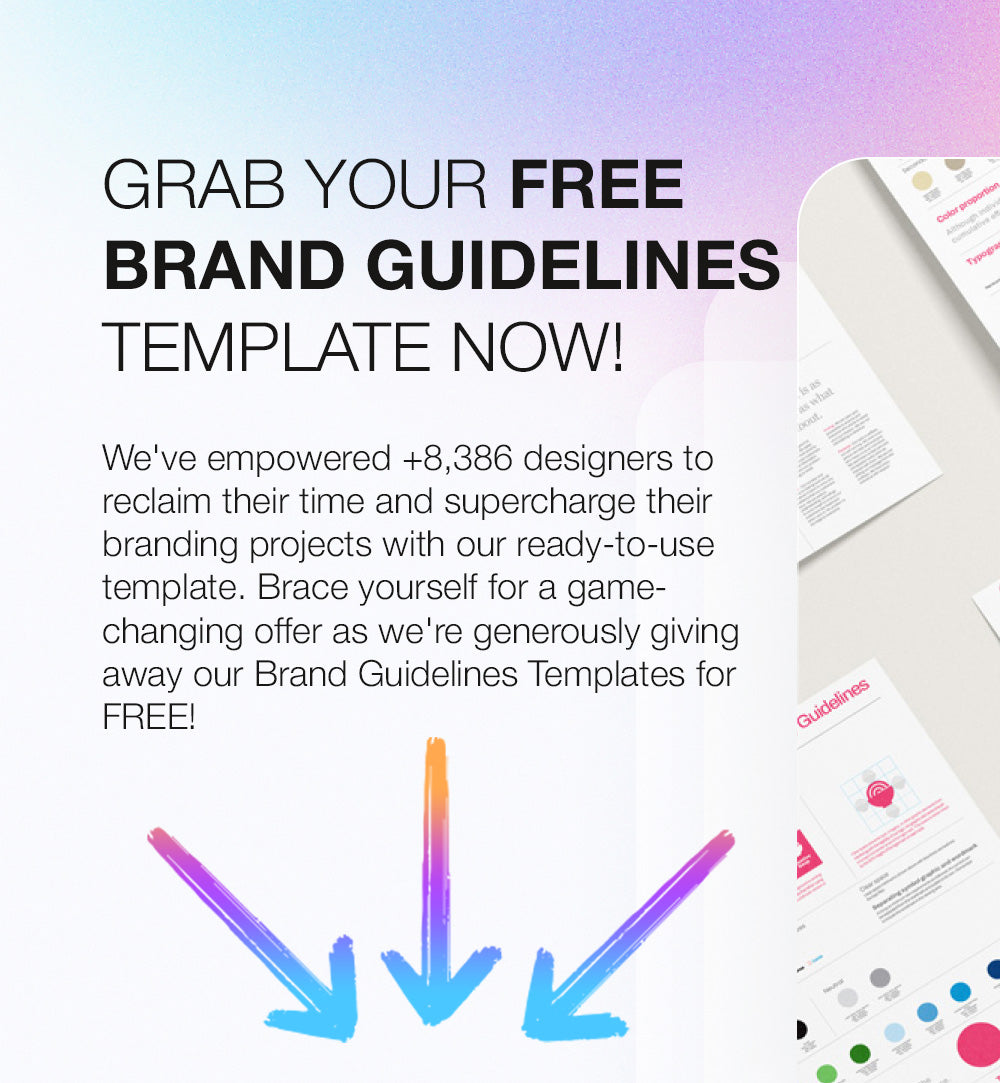
This template Valued at $39
Here's exactly what you get when you Download This Brand Guidelines Template:
- Versions for Adobe InDesign CC, CS6, CS5, and CS4 ( INDD and IDML )
- Versions for Adobe Illustrator CC, CS6, CS5, and CS4 ( AI and EPS )
- Links to the free fonts
- Print-ready. High Resolution.
- 300 DPI. CMYK
- Fully layered
Size:
- A3 ( 297 x 420 mm )
Think about it: you're getting a top-notch style guide template that will save you days of headache-inducing work. We've done all the heavy lifting so you can focus on what you do best – shaping your brand's identity.
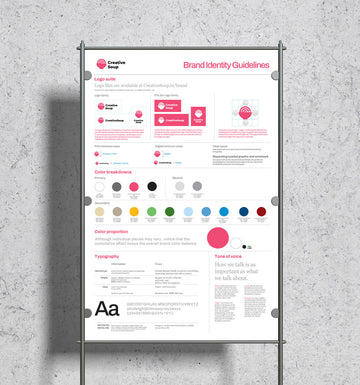
This Template Can Help graphic designers To:
1️⃣
Get A boost
Elevate your design game and attract high-paying clients with our Templates. Showcase your expertise and create cohesive branding projects effortlessly.
2️⃣
Increase Your Value
Set yourself apart by offering a complete visual identity instead of just sending a folder of logo files. Create more impact by making things easier for people who work on your brand.
3️⃣
Save Time & Deliver
Establishing your own Branding templates will save you weeks worth of effort when the time comes to deliver your visual identity work. We've done all of the work so you don't have to.
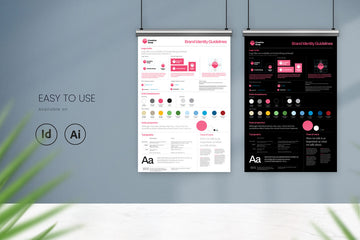
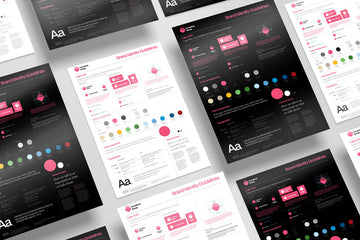

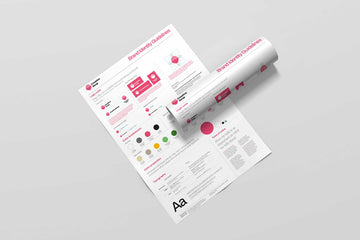
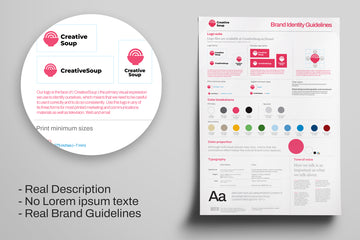
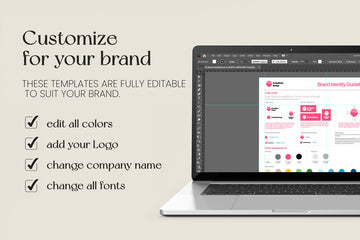

From Struggle to Success: A Graphic Designer's Honest Testimonial
Alexander D.
"As a graphic designer, I've encountered my fair share of challenges throughout my career. However, nothing quite prepared me for the struggle I faced when trying to build brand guidelines for a client. It was a daunting task, to say the least.
The client had approached me with the desire to establish a cohesive and consistent brand identity for their company. They wanted a set of guidelines that would outline everything from their logo usage and color palette to typography and imagery choices. It was a crucial step in their journey to build a strong and recognizable brand.
I spent countless hours researching and brainstorming, trying to come up with a unique and compelling brand guideline document that would truly capture the essence of the client's business. But no matter how hard I tried, I couldn't seem to find the right approach. The pieces just didn't fit together, and I felt like I was hitting a creative wall.
Days turned into weeks, and my frustration grew. I knew I couldn't let this project slip through my fingers, as it would have a significant impact on both the client's business and my reputation as a designer. I needed a breakthrough, a spark of inspiration to get me out of this rut.
That's when I stumbled upon Creative Soup, an online marketplace for design templates and resources. Curiosity piqued, I decided to explore their collection of brand guideline templates. I was hesitant at first, afraid that relying on a template might compromise the uniqueness and authenticity of the client's brand.
However, as I delved deeper into the templates, I realized that they were not restrictive blueprints but rather creative frameworks that could be tailored to suit the client's needs. These templates offered a solid foundation, providing structure and guidance while still allowing room for customization and personalization.
I selected a template that resonated with me, one that seemed to align with the client's brand vision. It had a clean and modern aesthetic, which I believed would lend itself well to their industry. With a glimmer of hope, I purchased the template and began adapting it to fit the client's specific requirements.
As I worked through the template, I felt a weight lifting off my shoulders. Suddenly, the pieces started falling into place. The template served as a compass, guiding me through the process of defining the client's brand identity. It provided a comprehensive structure that addressed everything from logo usage and color palettes to typography and tone of voice.
With the template as my guide, I was able to focus more on the client's unique characteristics and tailor the guidelines accordingly. I added their logo variations, adjusted the color palette to reflect their brand values, and selected fonts that spoke to their target audience. The template acted as a framework, freeing up my creative energy to add that personalized touch.
By the time I finished adapting the template, I was astounded by the transformation. What had initially felt like an insurmountable challenge now stood before me as a cohesive and visually stunning brand guideline document. The client was thrilled with the result, and I couldn't have been prouder of what we had achieved together.
In hindsight, I realized that relying on a template wasn't a sign of weakness or lack of creativity. Rather, it was a smart and strategic decision that allowed me to overcome a roadblock and deliver exceptional results for my client. Creative Soup had provided me with the tools I needed to turn my struggle into a triumph.
Since then, I've learned to embrace the power of templates and resources as valuable assets in my design process. They serve as starting points, igniting inspiration and providing structure when it's needed most. And while they may not be the answer to every design challenge, they certainly have a place in my toolkit, ready to assist me in bringing brands to life."
